Home » News & Events » How Do Wind Farms Impact Wildlife?
How Do Wind Farms Impact Wildlife?
Research is always in progress but three general types of impact have been documented to date: habitat fragmentation, collision or aerodynamic fatalities for flying vertebrates (birds & bats), and avoidance behavior (when wildlife avoids the project site potentially reducing their available habitat in a region). Habitat fragmentation and avoidance issues can be largely minimized by siting wind turbines in agricultural land. While poorly sited wind turbines can have significant impacts, collision fatalities can be substantively minimized by raising wind turbines in sites without migration concentration dynamics (e.g., shorelines), and by minimizing steady burning artificial light sources near wind turbines.
Small numbers of bird fatalities and moderate numbers of bat fatalities have been documented at existing wind farms in NY. Bat fatalities are most likely to occur during mid to late summer. Bird fatalities may occur throughout the year but are most frequent during the migration and breeding periods. Direct impacts to ground-level wildlife populations have not been documented (e.g., effects on movements by big game and other large animals). On the other hand, there is a wealth of experience with farmers grazing livestock within close proximity to wind turbines in the western U.S. without adverse effect.

While wind turbines do represent a source of avian mortality, it is important to note that these impacts are in no way unique to wind power and similar impacts are inherent in many aspects of modern infrastructure that are often taken for granted in other contexts. While studies of impacts on birds are difficult and have meaningful uncertainties, estimates for the total number of birds that would be killed by the onshore wind turbines required to generate 20% of U.S. electricity from wind would likely be no greater than number of birds killed each year from the existing network of communication towers in the U.S.
More significantly, the present sources of electricity used in New York result in substantial numbers of bird fatalities from the impacts of ecosystem destruction from mining and fossil fuel transportation as well as from the impacts of toxic emissions like mercury and those associated with climate change. For example, a 2008 study found that:
Although not all species will be affected adversely, some of the Northeast’s iconic species, such as common loon and black-capped chickadee, and some of its most abundant species, including several neotropical migrants, are projected to decline significantly in abundance under all climate change scenarios. No clear mitigation strategies are apparent, as shifts in species’ abundances and ranges will occur across all habitat types and for species with widely differing ecologies.
Even at the higher end of estimates for the impact of turbines on birds, wind power likely causes a smaller number of bird deaths per unit of electricity generated than fossil fuels (even without considerations of climate change being taken into account) and comparative studies have found that wind likely represents a smaller impact on birds than the present fuel mix in New York. Thus switching from conventional sources of electricity to properly sited wind is likely to be a net positive overall for birds in New York.
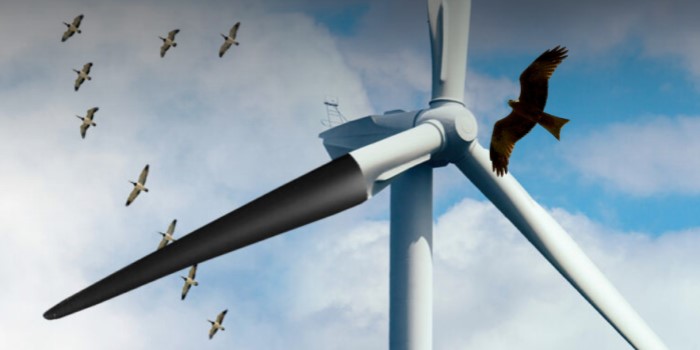
To try and reduce the impacts of wind development and to ensure that proper consideration is given to siting and monitoring such facilities, the New York State Department of Environmental Conservation (NYSDEC) has published bird & bat study guidance for proposed commercial scale wind energy development. This guidance includes two to three years of post-construction monitoring evaluating collision fatalities and impacts to habitat. Through such data, NYDEC has acquired a sense for the level of avian & bat impacts across the state, and is actively engaged in assessing and mitigating impacts to state listed species (endangered, threatened, special concern).
The New York State Energy Research and Development Authority (NYSERDA) has a recently developed a tool to aid wind developers in siting decisions that help to minimize potential wildlife impacts. In addition, the United States Fish and Wildlife Service (USFWS) has extensive guidance for wind energy development and encourages wind developers to work with them early in the siting process to minimize wildlife impacts. USFWS actively enforces laws involving federally protected species.
Small numbers of bird fatalities and moderate numbers of bat fatalities have been documented at existing wind farms in NY. Bat fatalities are most likely to occur during mid to late summer. Bird fatalities may occur throughout the year but are most frequent during the migration and breeding periods. Direct impacts to ground-level wildlife populations have not been documented (e.g., effects on movements by big game and other large animals). On the other hand, there is a wealth of experience with farmers grazing livestock within close proximity to wind turbines in the western U.S. without adverse effect.

While wind turbines do represent a source of avian mortality, it is important to note that these impacts are in no way unique to wind power and similar impacts are inherent in many aspects of modern infrastructure that are often taken for granted in other contexts. While studies of impacts on birds are difficult and have meaningful uncertainties, estimates for the total number of birds that would be killed by the onshore wind turbines required to generate 20% of U.S. electricity from wind would likely be no greater than number of birds killed each year from the existing network of communication towers in the U.S.
More significantly, the present sources of electricity used in New York result in substantial numbers of bird fatalities from the impacts of ecosystem destruction from mining and fossil fuel transportation as well as from the impacts of toxic emissions like mercury and those associated with climate change. For example, a 2008 study found that:
Although not all species will be affected adversely, some of the Northeast’s iconic species, such as common loon and black-capped chickadee, and some of its most abundant species, including several neotropical migrants, are projected to decline significantly in abundance under all climate change scenarios. No clear mitigation strategies are apparent, as shifts in species’ abundances and ranges will occur across all habitat types and for species with widely differing ecologies.
Even at the higher end of estimates for the impact of turbines on birds, wind power likely causes a smaller number of bird deaths per unit of electricity generated than fossil fuels (even without considerations of climate change being taken into account) and comparative studies have found that wind likely represents a smaller impact on birds than the present fuel mix in New York. Thus switching from conventional sources of electricity to properly sited wind is likely to be a net positive overall for birds in New York.

To try and reduce the impacts of wind development and to ensure that proper consideration is given to siting and monitoring such facilities, the New York State Department of Environmental Conservation (NYSDEC) has published bird & bat study guidance for proposed commercial scale wind energy development. This guidance includes two to three years of post-construction monitoring evaluating collision fatalities and impacts to habitat. Through such data, NYDEC has acquired a sense for the level of avian & bat impacts across the state, and is actively engaged in assessing and mitigating impacts to state listed species (endangered, threatened, special concern).
The New York State Energy Research and Development Authority (NYSERDA) has a recently developed a tool to aid wind developers in siting decisions that help to minimize potential wildlife impacts. In addition, the United States Fish and Wildlife Service (USFWS) has extensive guidance for wind energy development and encourages wind developers to work with them early in the siting process to minimize wildlife impacts. USFWS actively enforces laws involving federally protected species.
Post a Comment:
You may also like:

Featured Articles
Economic Impacts of Wind Industry
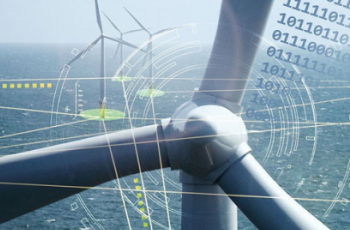 Any business development will have economic impacts on the local and regional economies, and wind energy projects are no ...
Any business development will have economic impacts on the local and regional economies, and wind energy projects are no ...
 Any business development will have economic impacts on the local and regional economies, and wind energy projects are no ...
Any business development will have economic impacts on the local and regional economies, and wind energy projects are no ...Environmental Impacts of Wind Industry
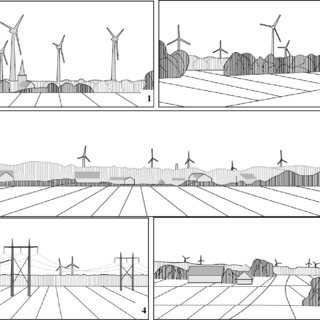 In recent years, the growth of capacity to generate electricity from wind energy has been extremely rapid, To the ...
In recent years, the growth of capacity to generate electricity from wind energy has been extremely rapid, To the ...
 In recent years, the growth of capacity to generate electricity from wind energy has been extremely rapid, To the ...
In recent years, the growth of capacity to generate electricity from wind energy has been extremely rapid, To the ...Challenges in Wind Industry
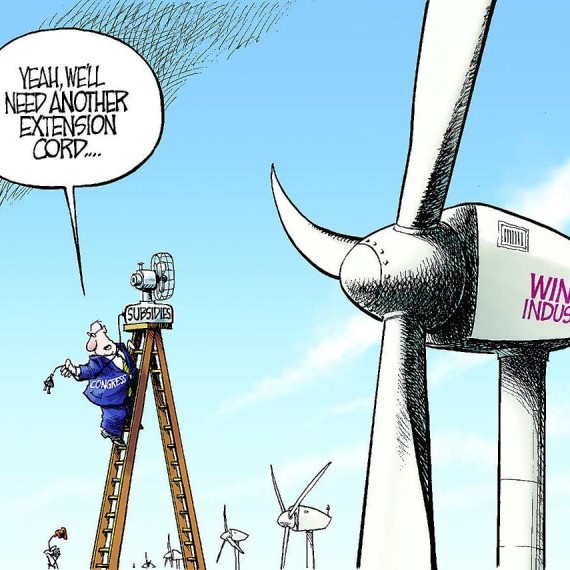 While wind power generation offers numerous benefits and advantages over conventional power generation, there are also some ...
While wind power generation offers numerous benefits and advantages over conventional power generation, there are also some ...
 While wind power generation offers numerous benefits and advantages over conventional power generation, there are also some ...
While wind power generation offers numerous benefits and advantages over conventional power generation, there are also some ...Wind Energy Cost Trends
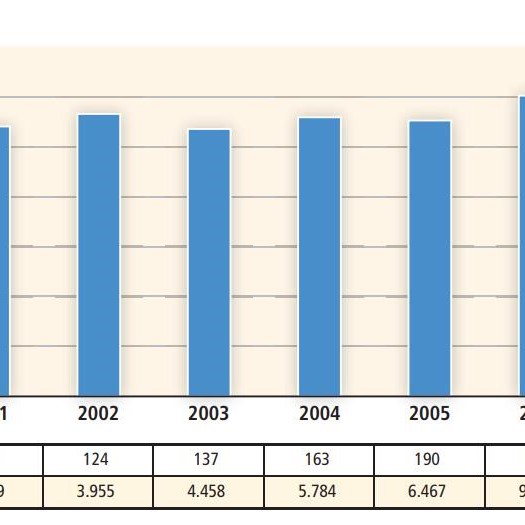 Though the cost of wind energy has declined significantly since the 1980s, policy measures are currently required to ensure ...
Though the cost of wind energy has declined significantly since the 1980s, policy measures are currently required to ensure ...
 Though the cost of wind energy has declined significantly since the 1980s, policy measures are currently required to ensure ...
Though the cost of wind energy has declined significantly since the 1980s, policy measures are currently required to ensure ...Employment Impacts of Wind Industry
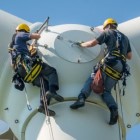 As with most construction and commercial development, wind energy industry create jobs. According to the 2016 Clean Jobs New ...
As with most construction and commercial development, wind energy industry create jobs. According to the 2016 Clean Jobs New ...
 As with most construction and commercial development, wind energy industry create jobs. According to the 2016 Clean Jobs New ...
As with most construction and commercial development, wind energy industry create jobs. According to the 2016 Clean Jobs New ...